I was not very fond of the museum scene in Tashkent until one lucky day, the day that I visited the recently opened (in 2023 that is) Museum of Victory near the northern outskirts of the city. From its presentation to the way its exhibitions are placed, and all the way from its innovative use of technology to its friendly staff, this place is something else, and it is just above and beyond anything else Tashkent offers in this sphere. As its name may suggest to those familiar with history, this magnificent complex is dedicated to the Uzbek experience of the Great Patriotic War, which is known as the Second World War outside of the ex-USSR space. Join me as I go over some of the best sights of this museum in the order I experienced them myself.
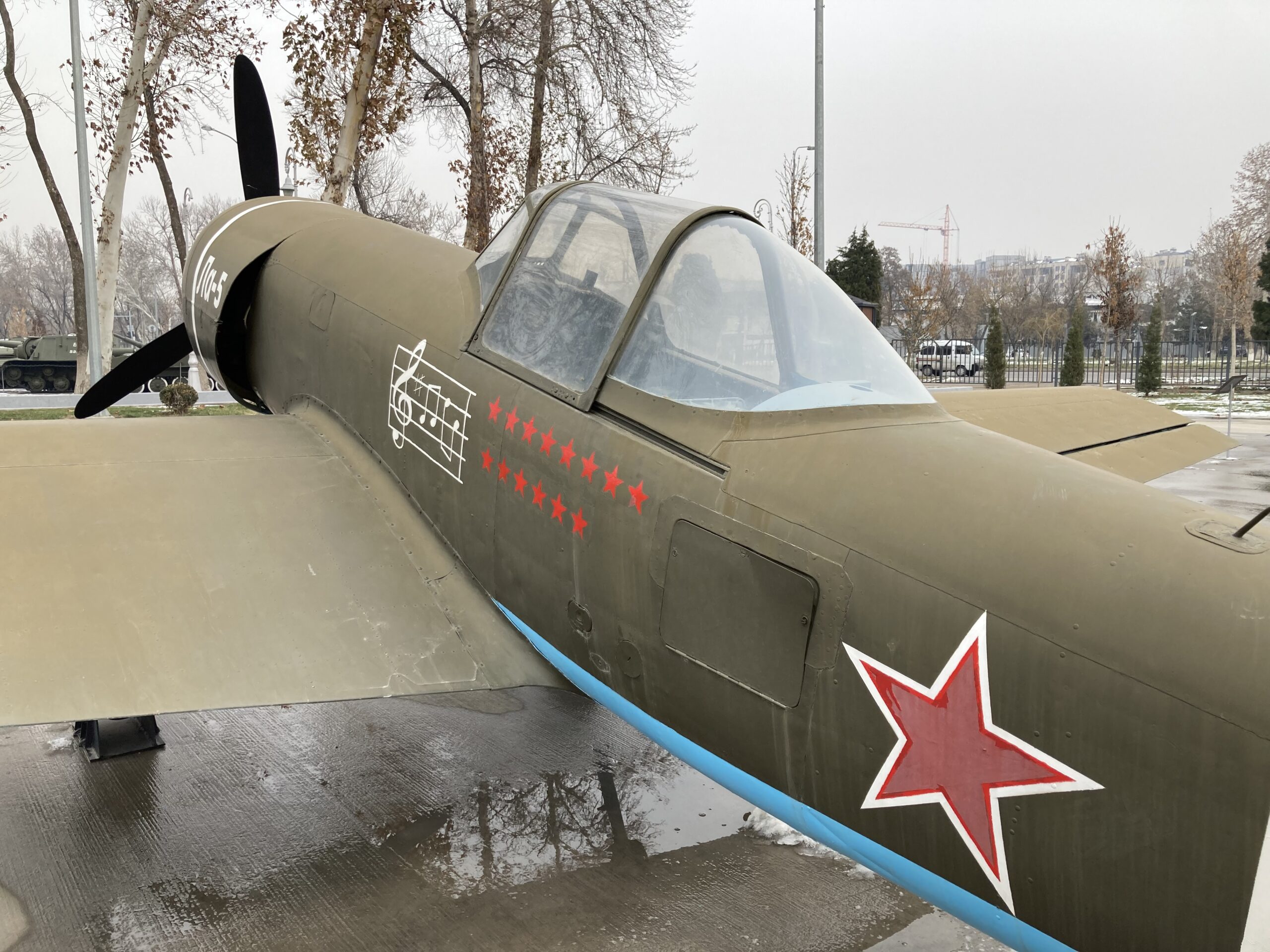
Museum of Victory is found inside a large park of sorts, that is full to the brim with military vehicles and other installations. You start by taking a good look at some old Soviet warplanes. The interesting part is that when you get close to one, cameras around you detect movement and the speakers start playing the voice file for that plane, if one is available. This is just amazing…
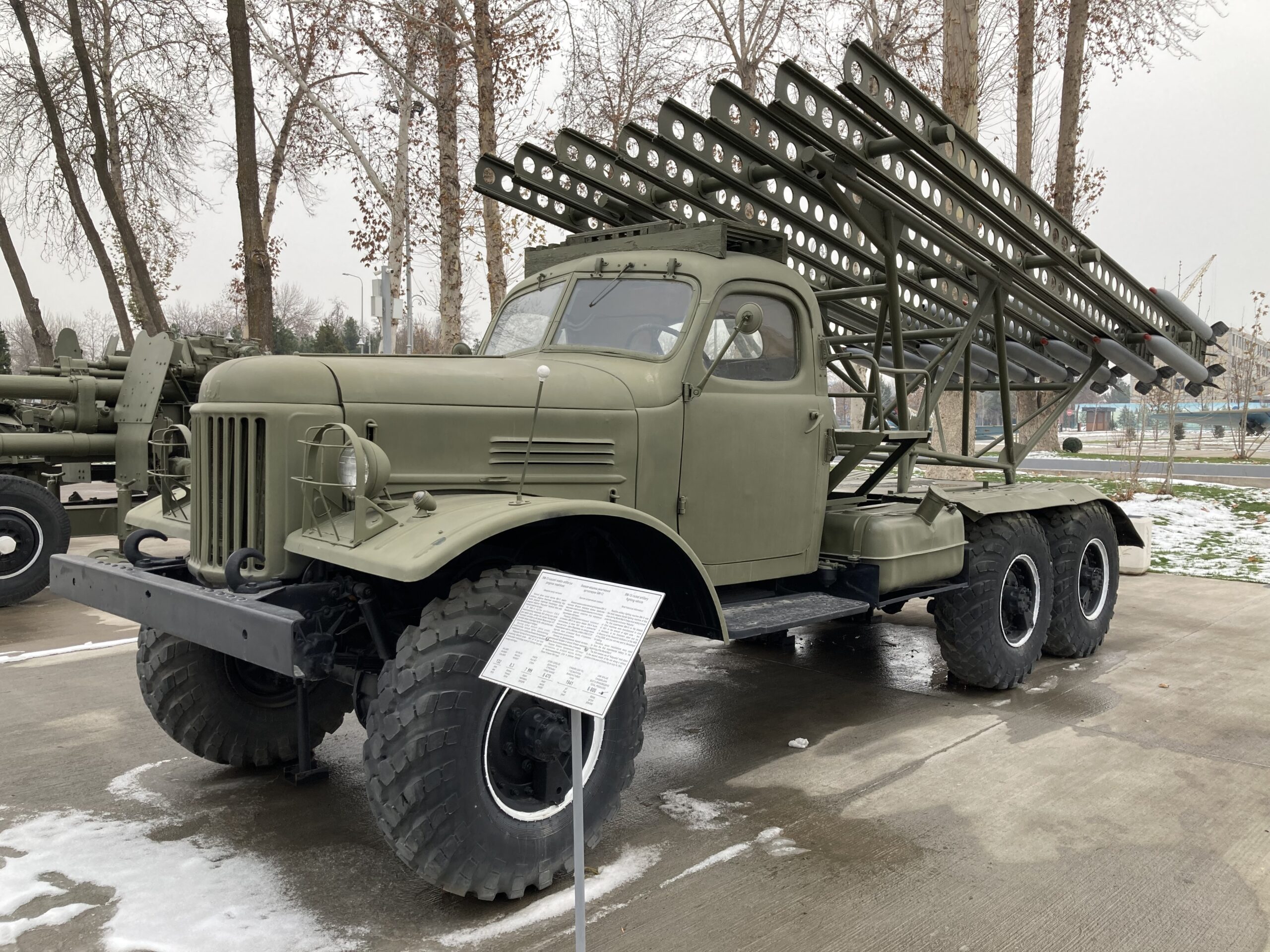
The same is partly true for land vehicles as well. If you are near some of these self-propelled artillery or tanks, you may hear the voices they made as they rode around the European plains, to their final destination, Berlin.
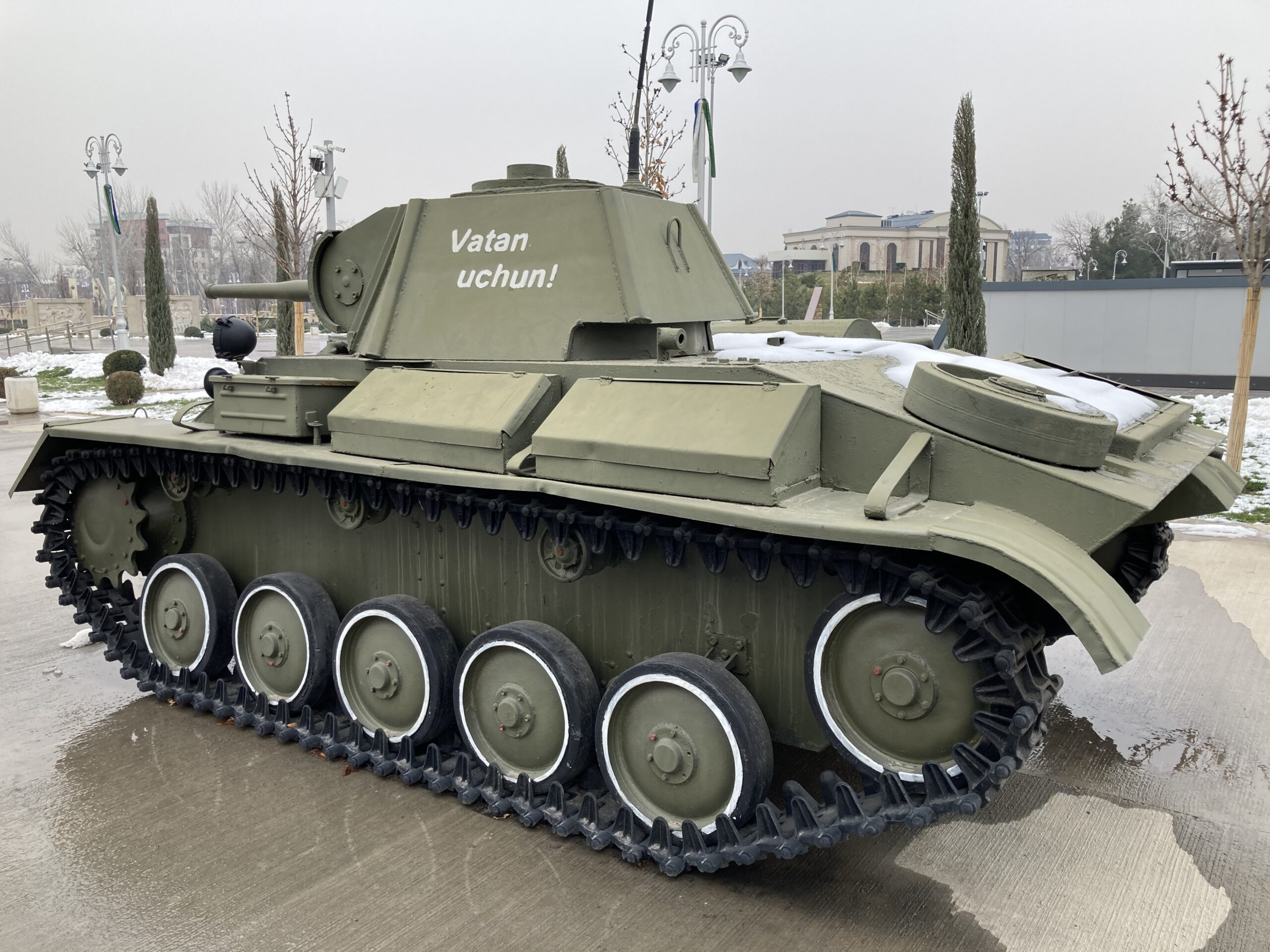
Some of these vehicles have texts written on them, the one here means “For the motherland!” It is interesting because the term ‘vatan’ is nowadays used by Uzbeks to refer to Uzbekistan (and Turks for Turkey, and Turkmens for Turkmenistan and so on) but the older generations just might associate it with a different political entity altogether.
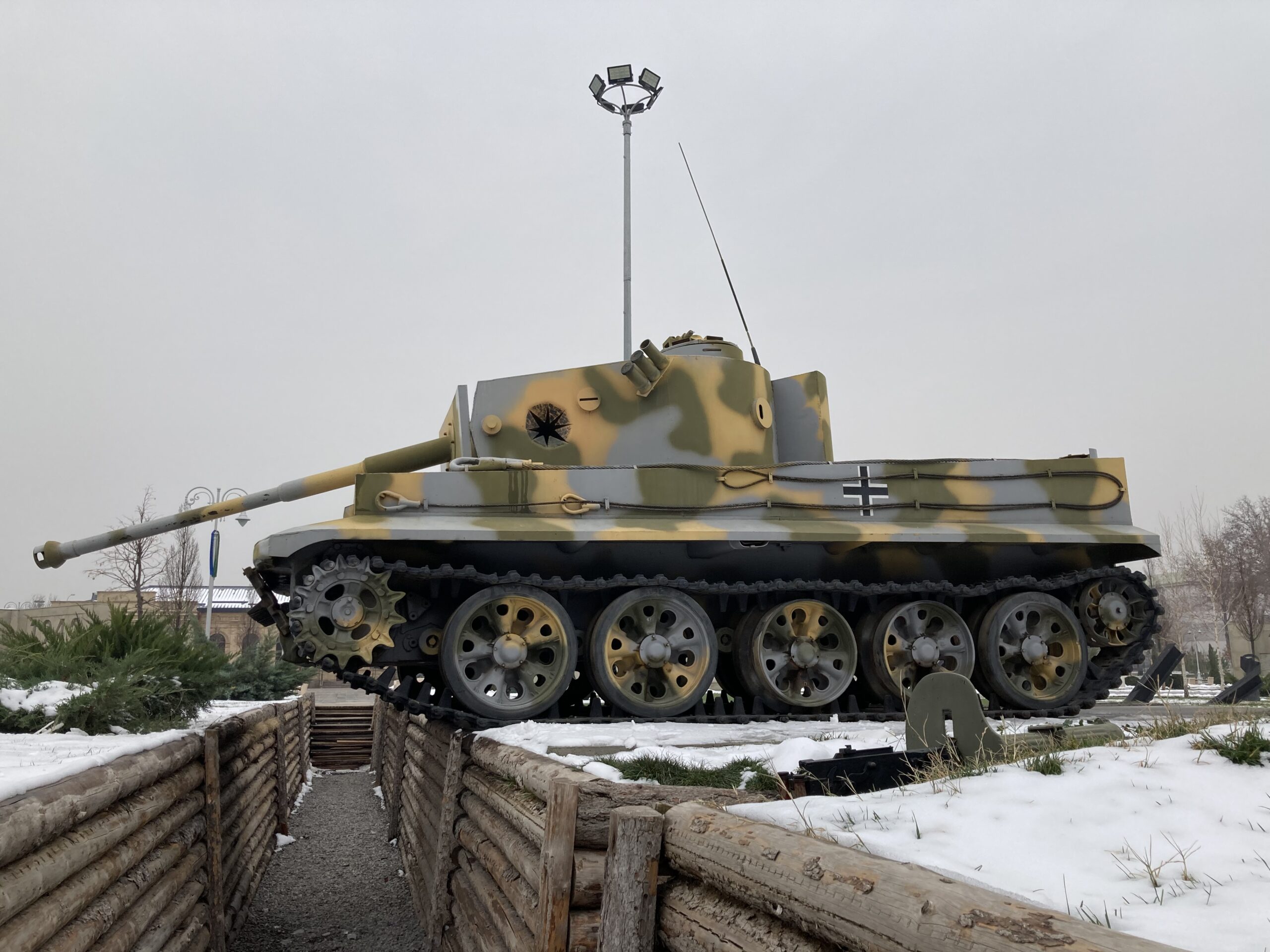
Once you go across the main path of some sort dividing the park in two, you will come across a zone called as something along the lines of “horrors of war.” This is where things get extra spicy. You will be walking around Soviet positions as you hear German and Russian voices and gun noises that are seemingly everywhere thanks to the tactically placed and somewhat well-hidden speakers all around this part of the memorial complex.
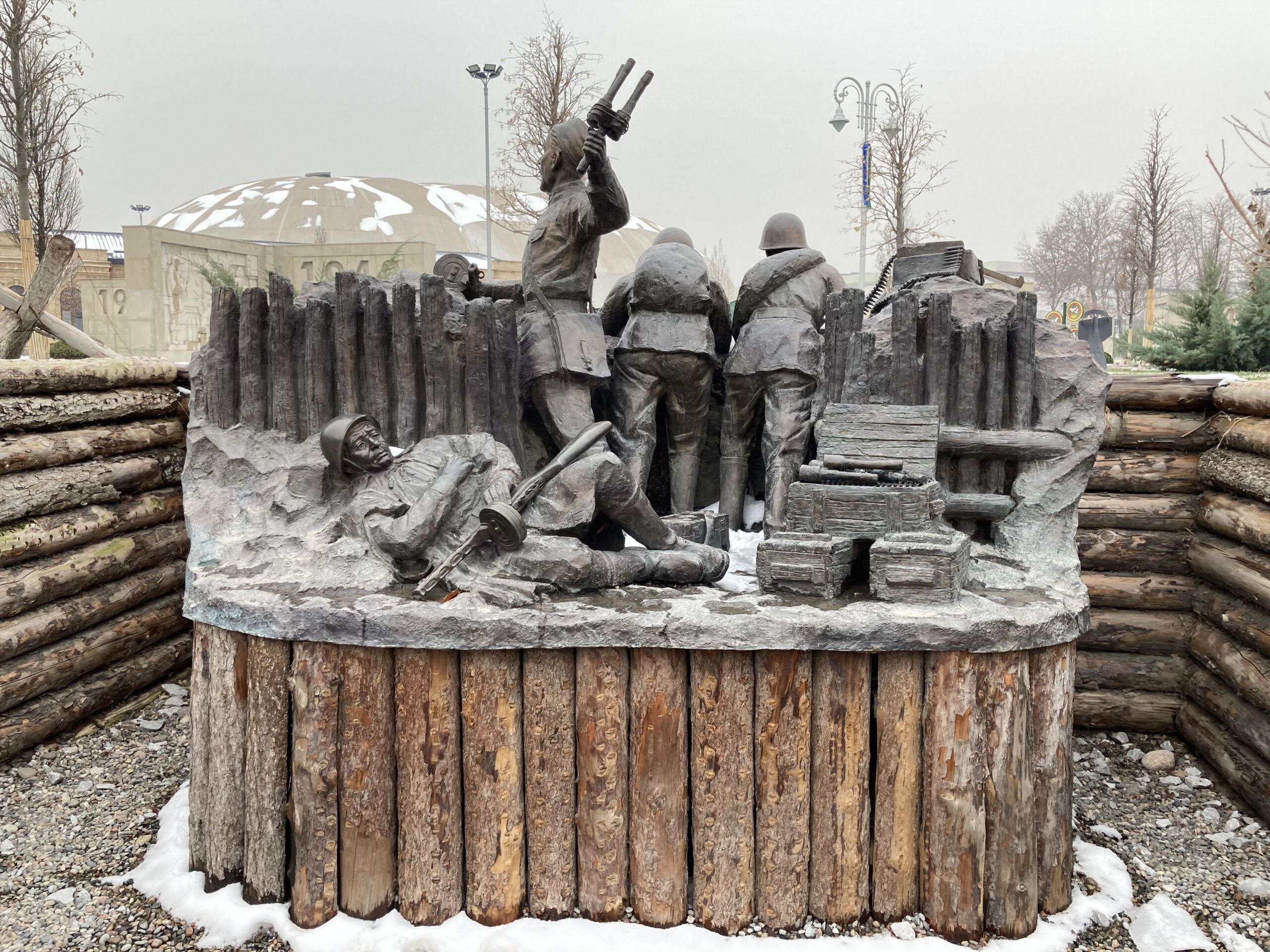
It is one thing to be amazed by military vehicles and massive displays, but another to appreciate the true horrors of war, and to understand why it must be avoided. This small walk around these well dug out positions will make you go through the emotions, and certainly help you see why war is no game.
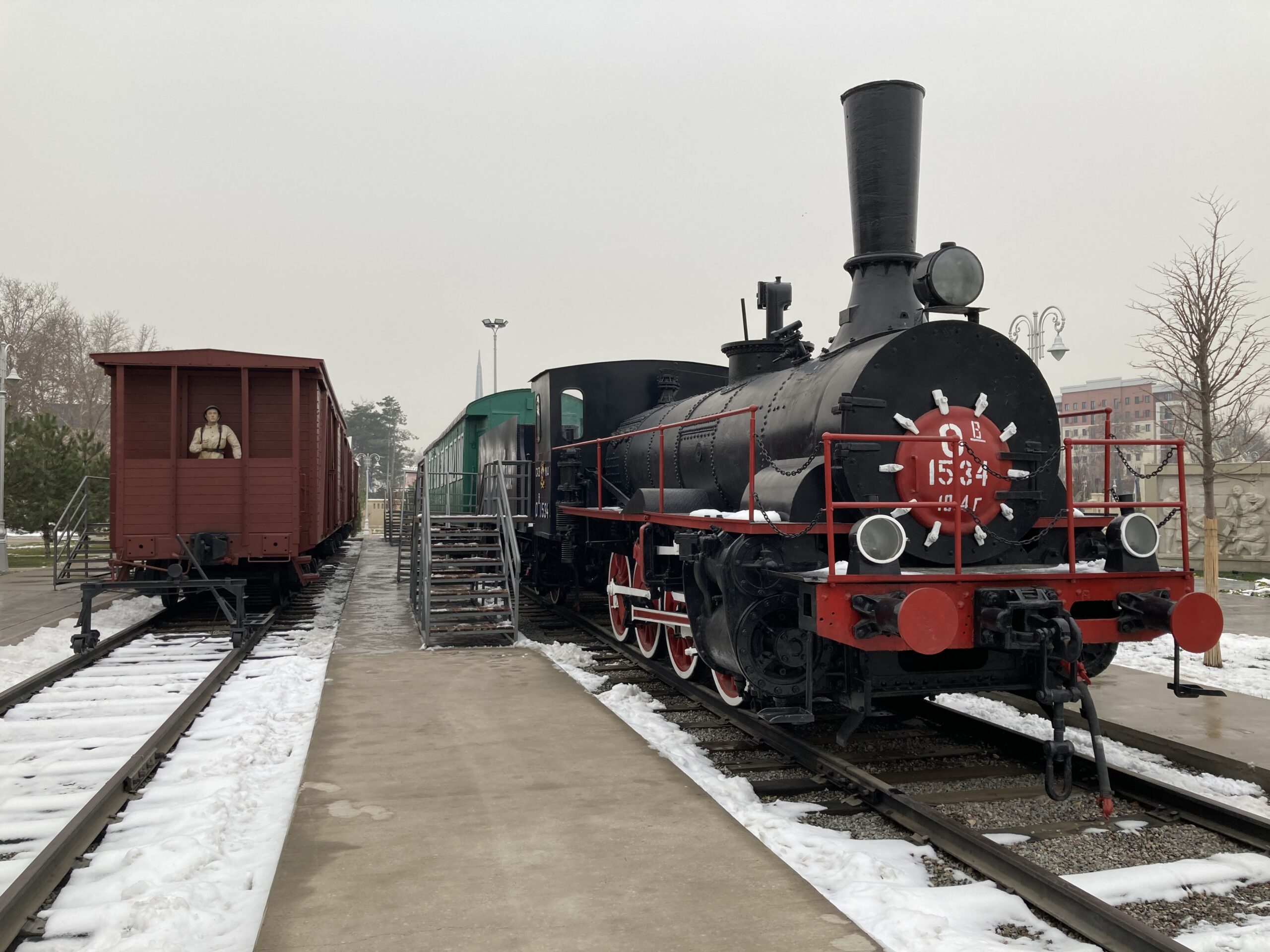
Back on the other side of the main alley, you can find a small museum dedicated to recreating a scene from Tashkent train station during wartime, and an example of the hospital trains used at the time on the outside. Unfortunately for me, small exhibits inside it were locked for the time being.
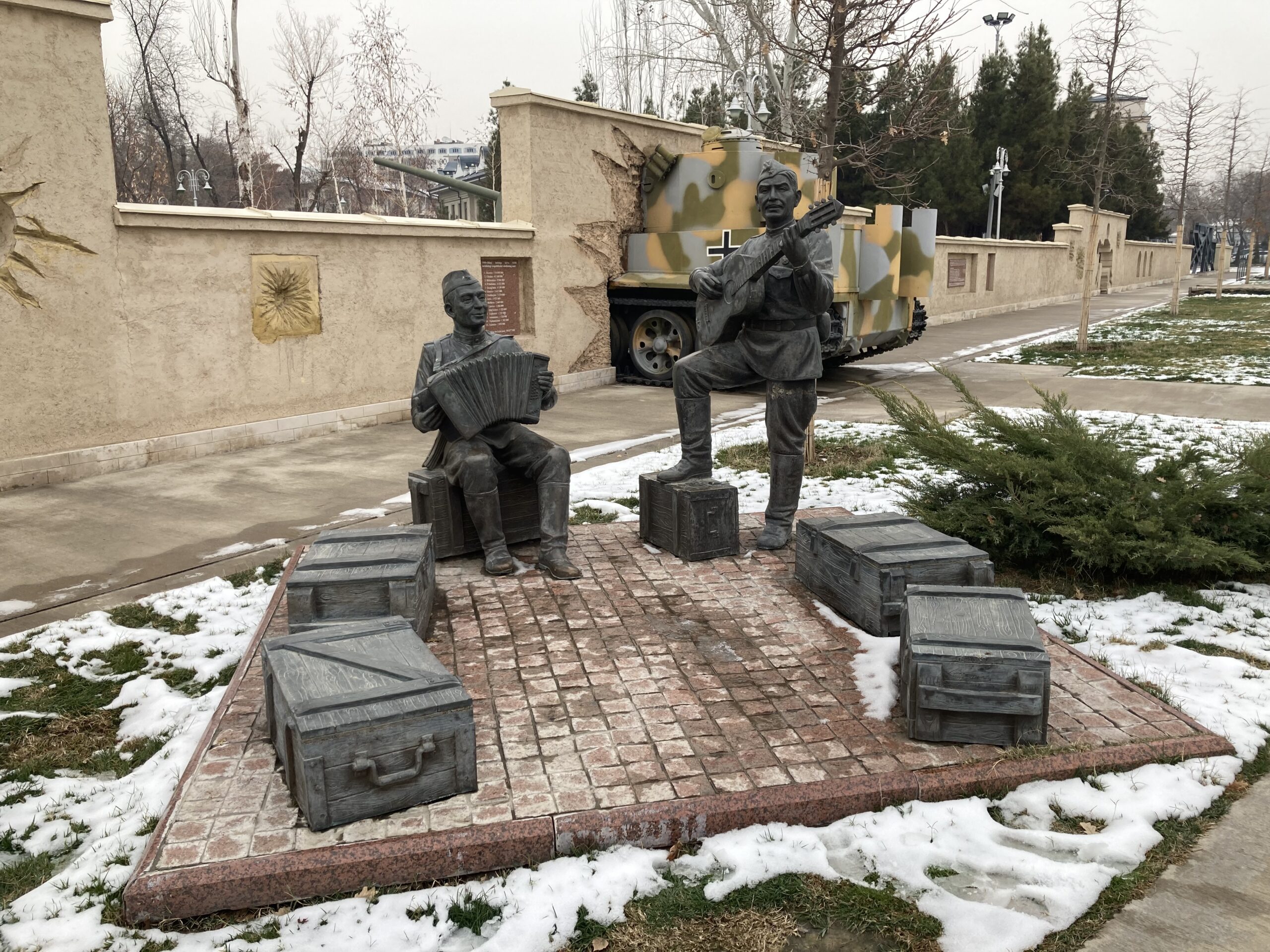
Crossing back over the main path, you will come across these jolly old Soviet soldiers relaxing to some, I am sure, decent tunes. This is to represent the eventual end of the war, the victory in Berlin.
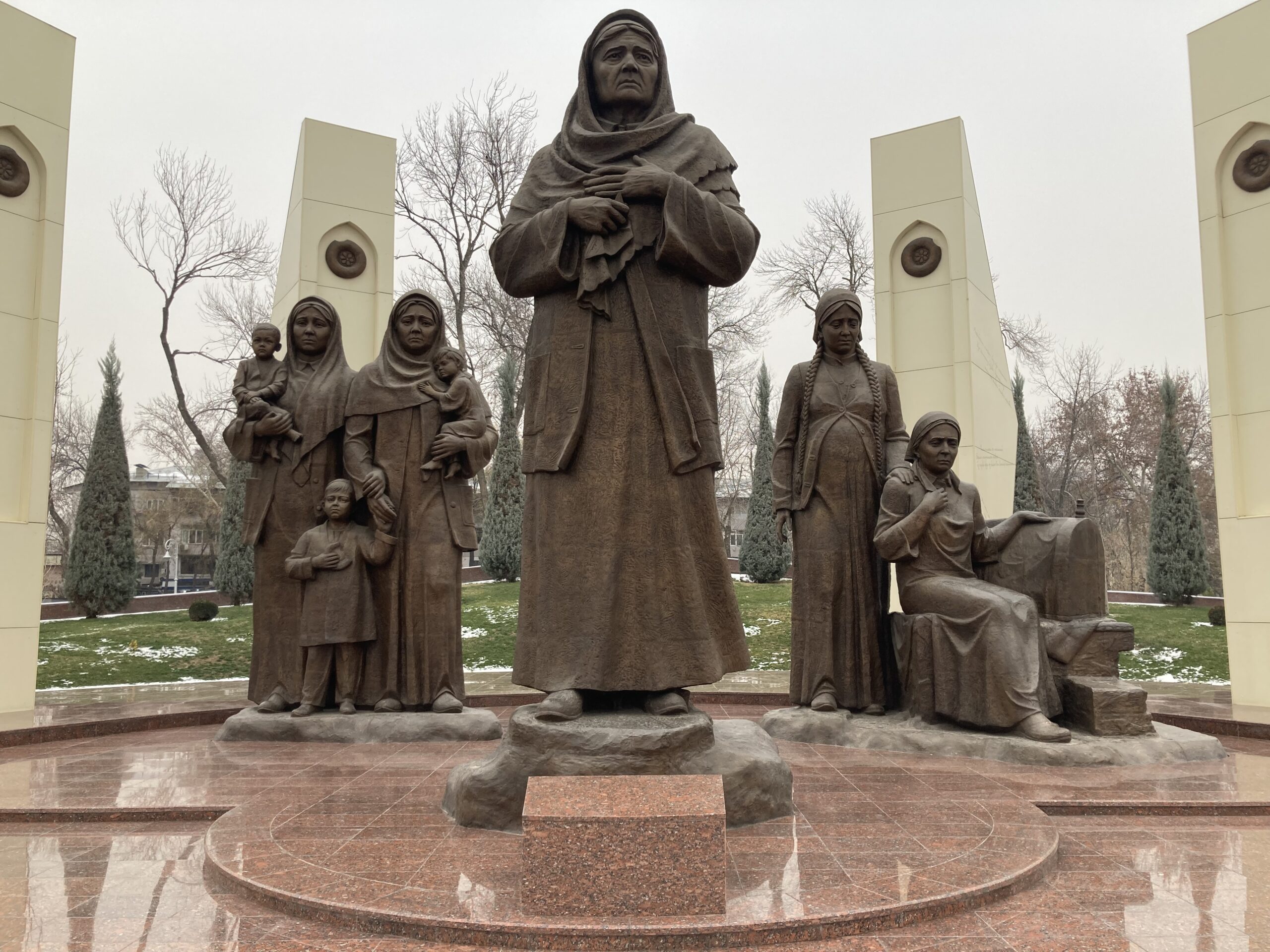
Of course, there are more installations around that take a closer look at the human cost of war, such as this one dedicated to the women and children who await their sons, fathers, and husbands to come back from the frontlines.
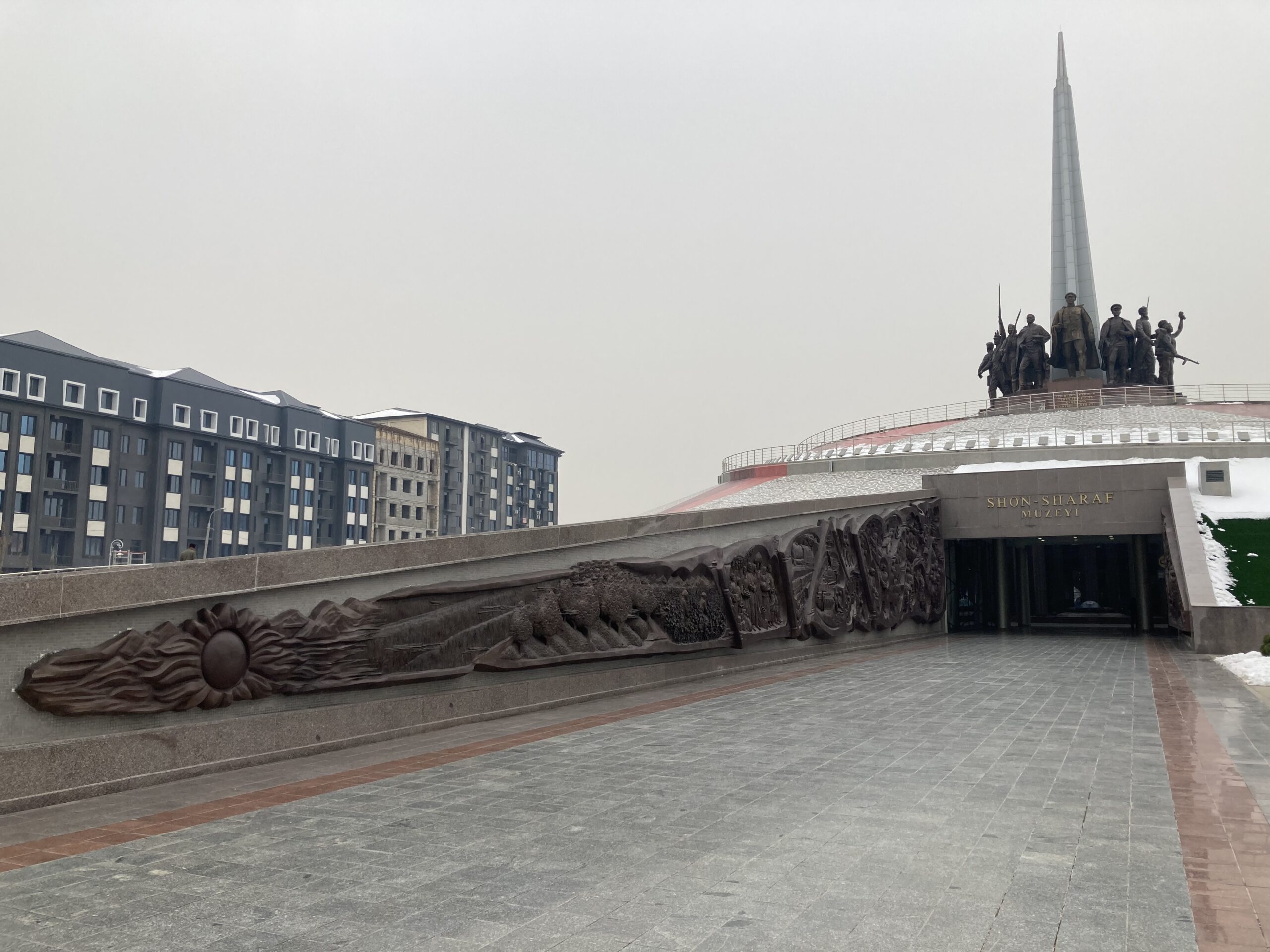
So far, we have only taken a look at the outside of the actual museum, though we will keep doing that for a few more minutes before eventually venturing inside this structure to enjoy it fully.
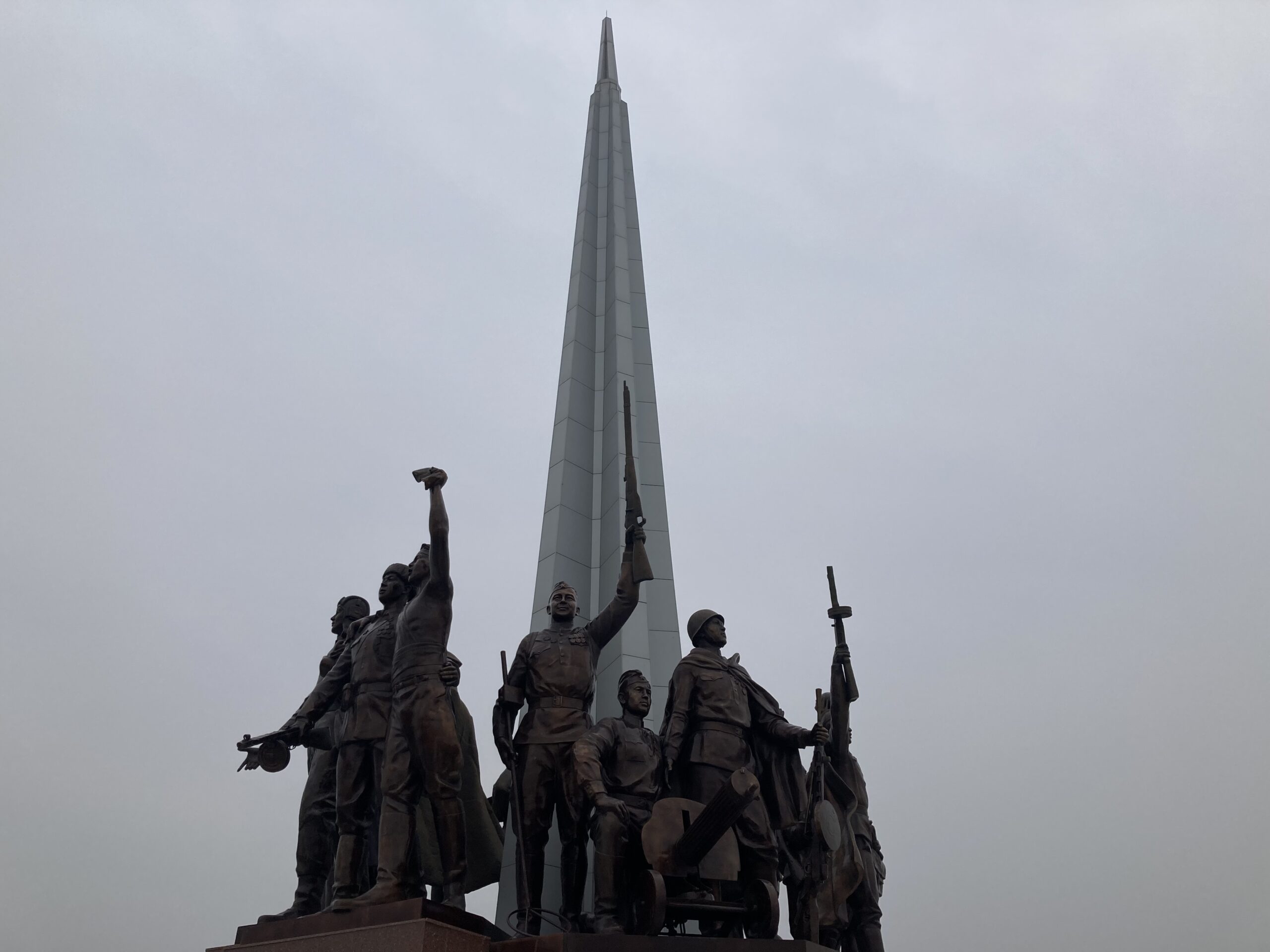
Atop the museum one can find a massive sculpture dedicated to the actual heroes of the war, those that fought and won against the Third Reich, at times, despite all odds being stacked against them.
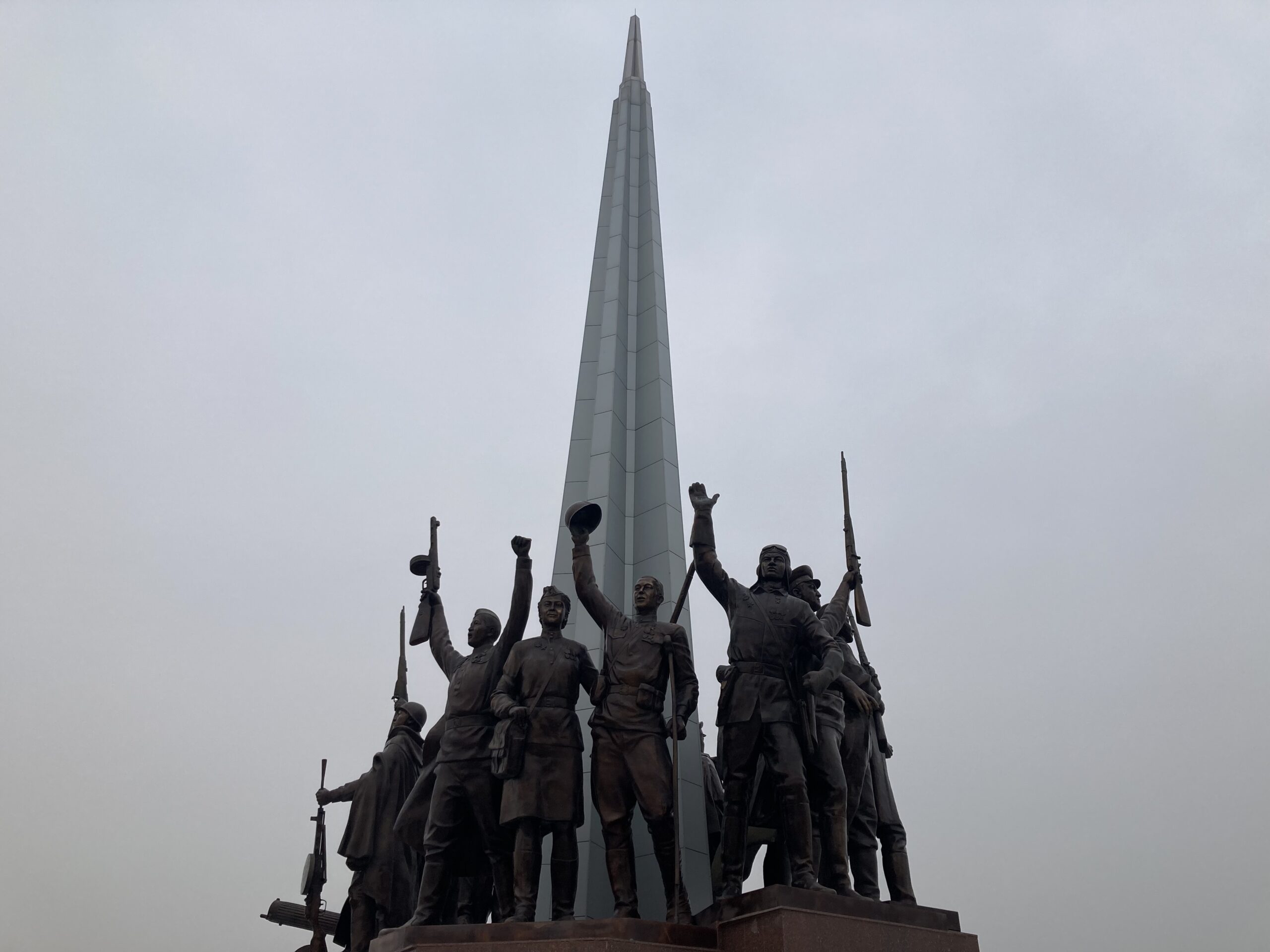
I did my best to capture each and every soldier in their unique positions, as it is a fully circular display, meant to be enjoyed from all angles.
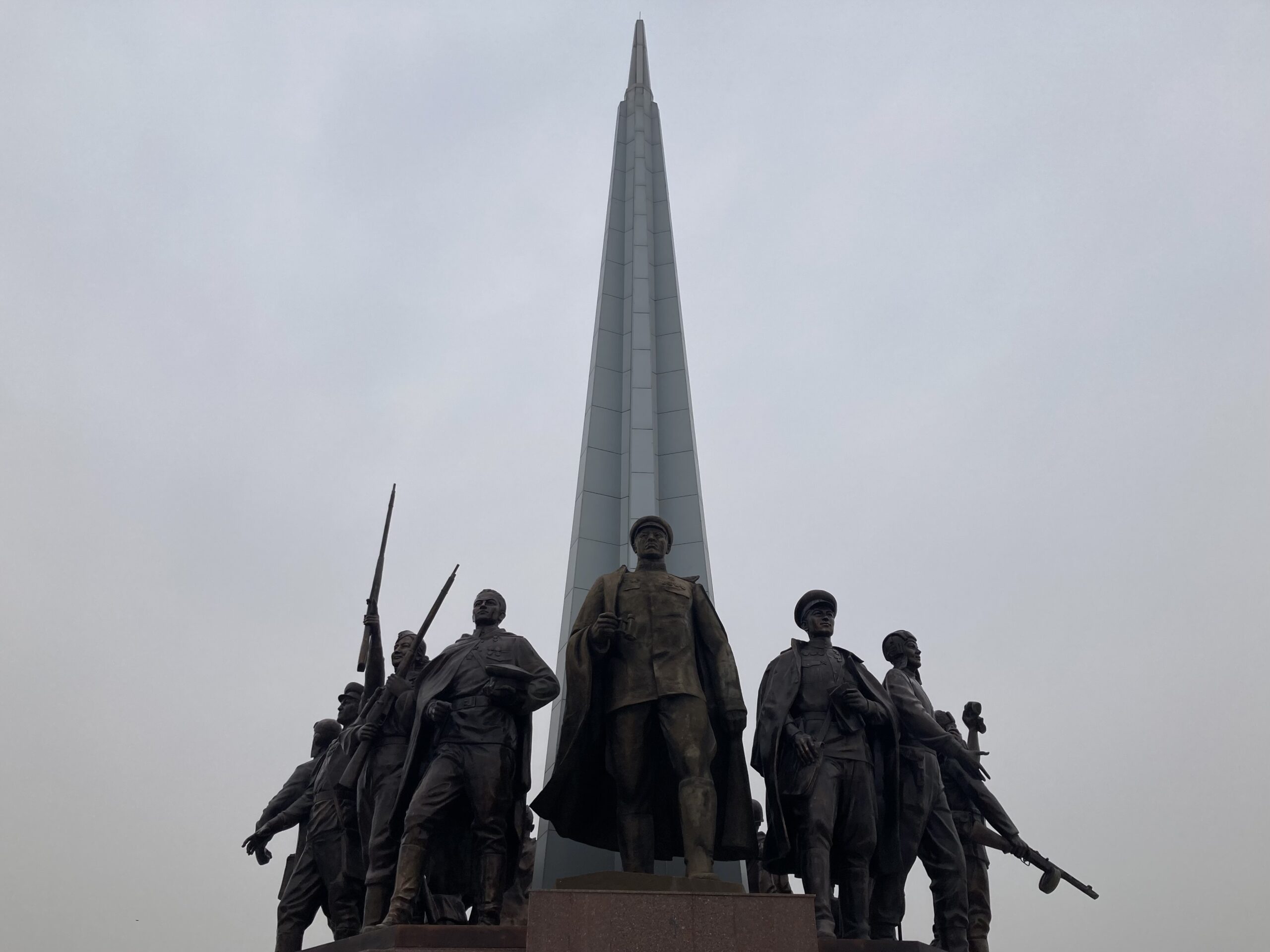
I just happened to be there when a group of old Uzbek gentlemen were trying to get a group photo of themselves taken. After helping them out of their conundrum of picking one of their own comrades to take the photo, I proceeded to finish my collection of taking a photo of this entire sculpture from all possible decent angles.
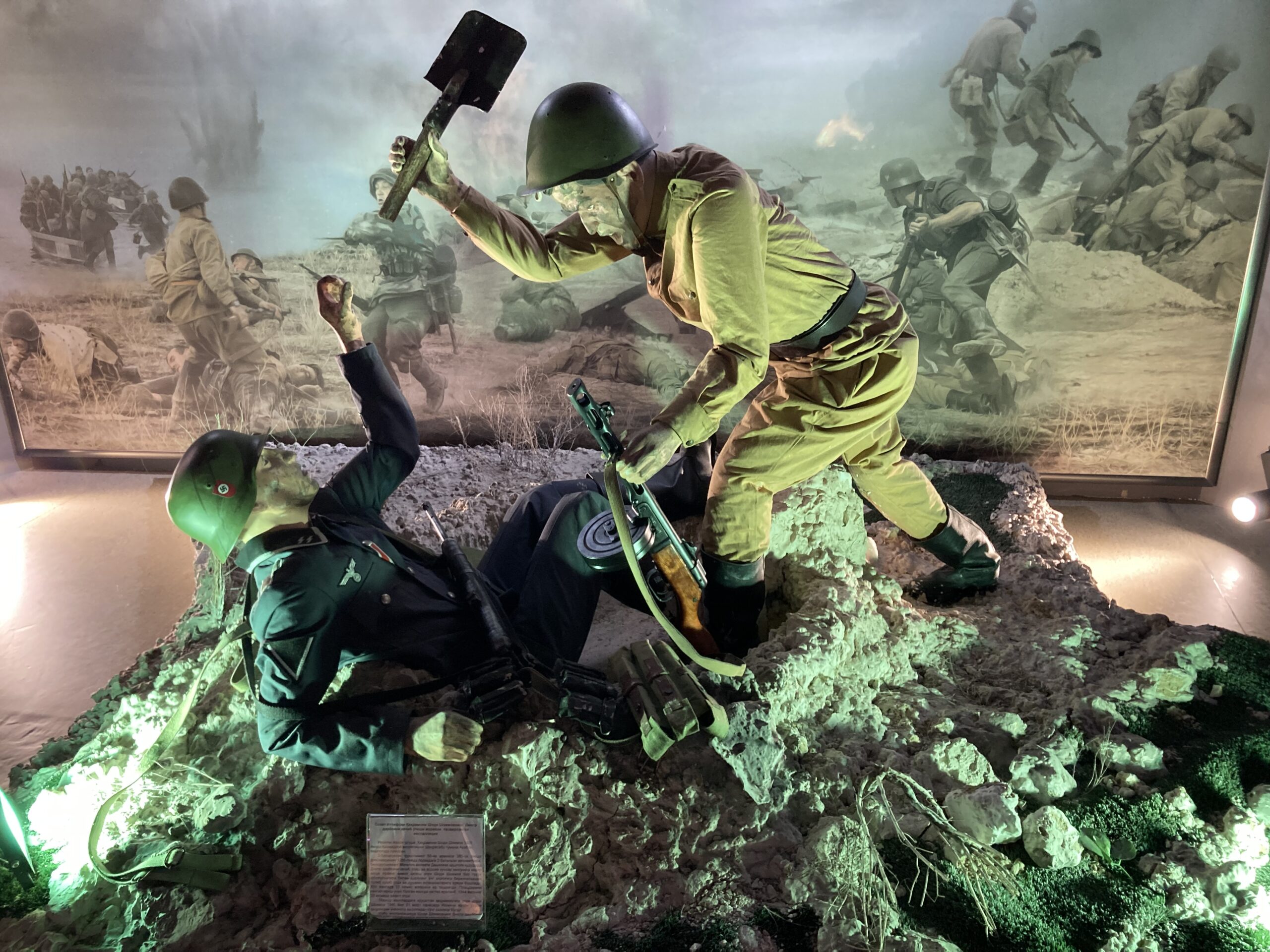
Happy with my photographs so far despite the ongoing terrible smog in town, I went into the museum proper to get a breath of fresh air, and revel in the glory of spectacles that awaited me on the inside.
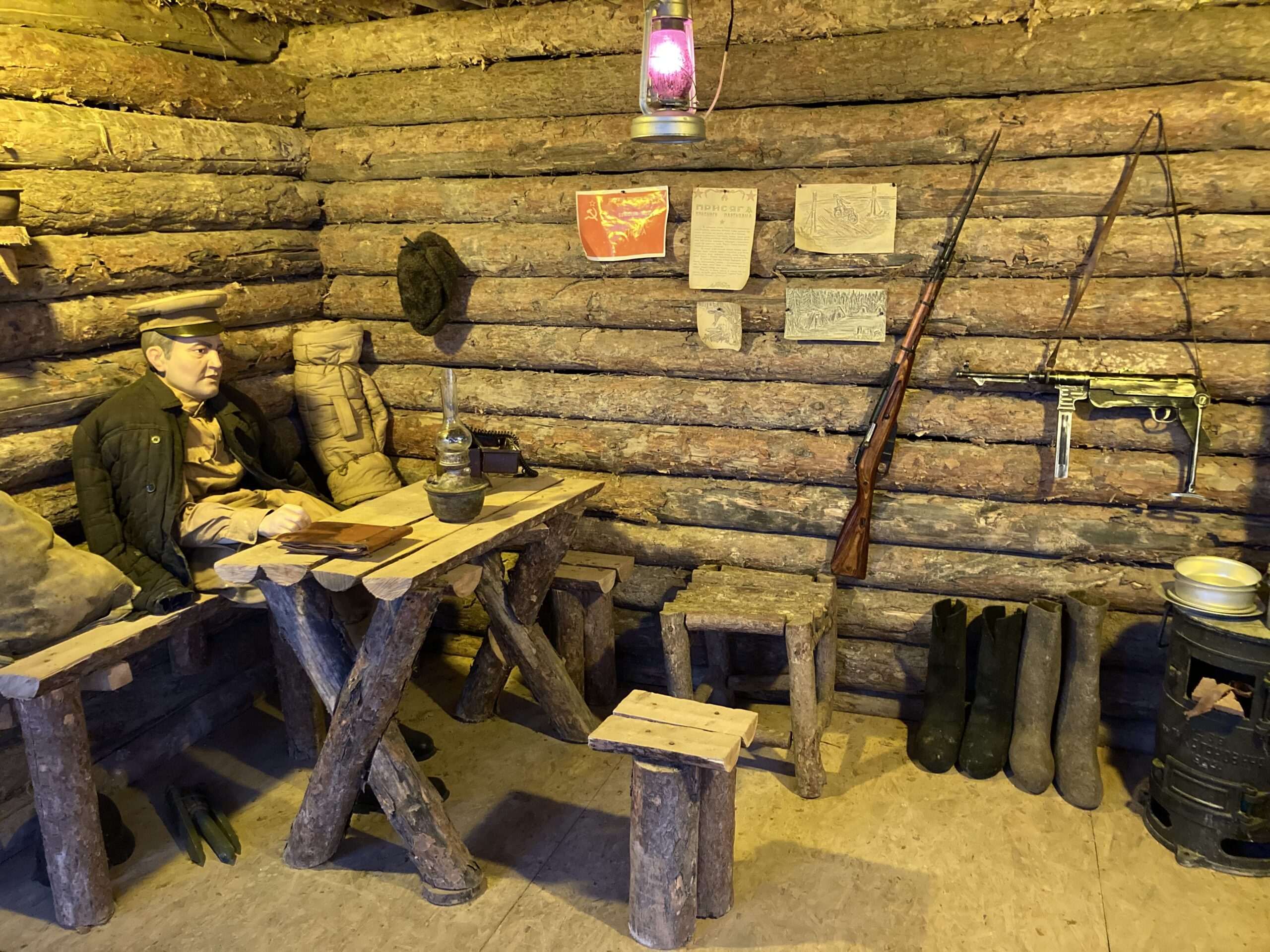
This may be one of the very few museums dedicated to the Great Patriotic War that actually goes through almost all the majority offensives and battles that took place in that long and bloody war. So much so that other than the usual displays dedicated to the Siege of Leningrad of the Battle of Kursk, one can even find smaller ones that try to illuminate the work done by Soviet partisans in the occupied territories of the Union. Oh, did I also mention that all of this is done in a trilingual way, and that the translations in English are superb? Well, now I did.
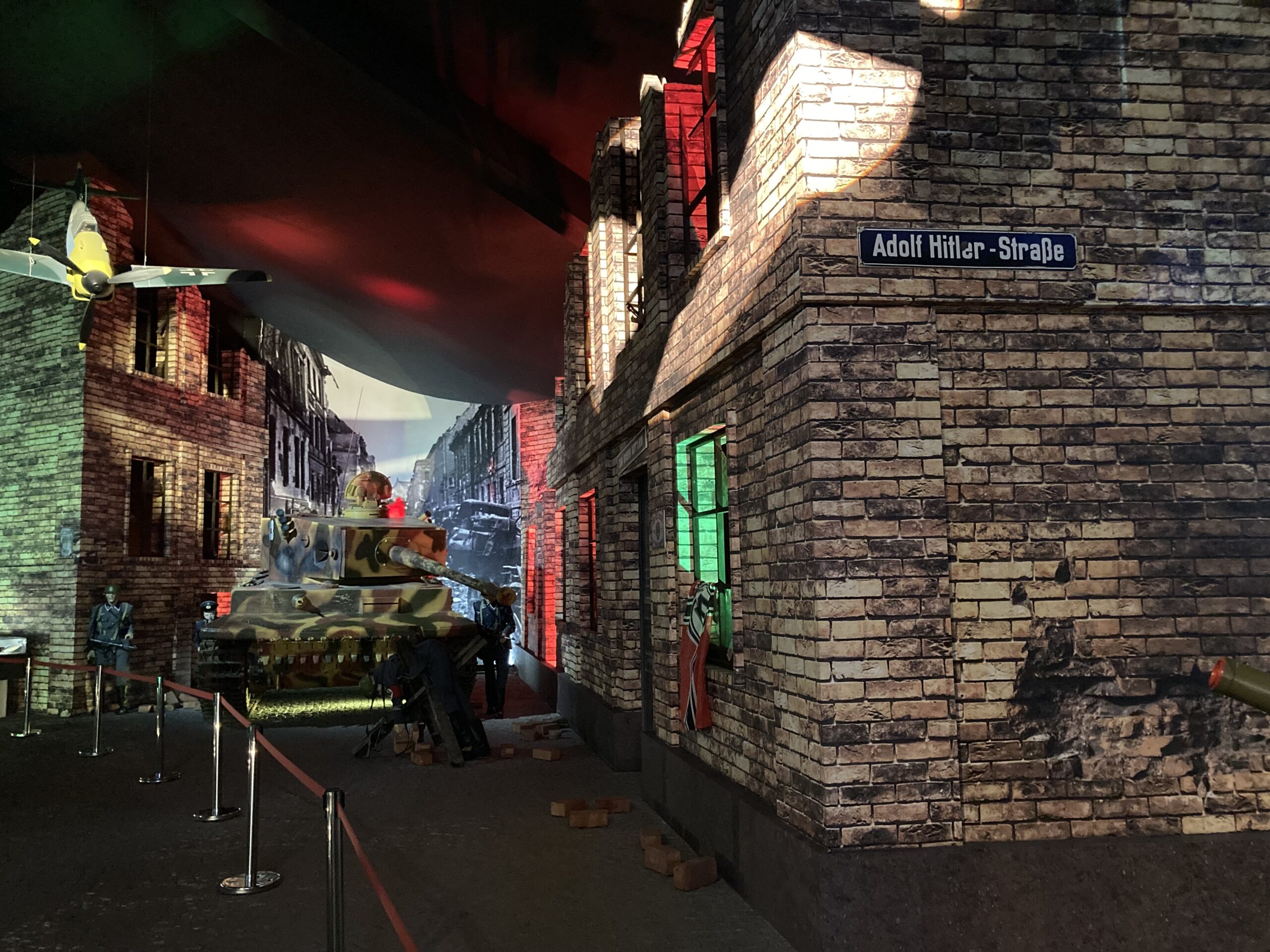
One of the most spectacular displays, though it is impossible to capture fully on my terrible phone, was dedicated to the Battle of Berlin. The sound design here was only rivalled by the attention to detail in how little equipped most German troopers were at the time.
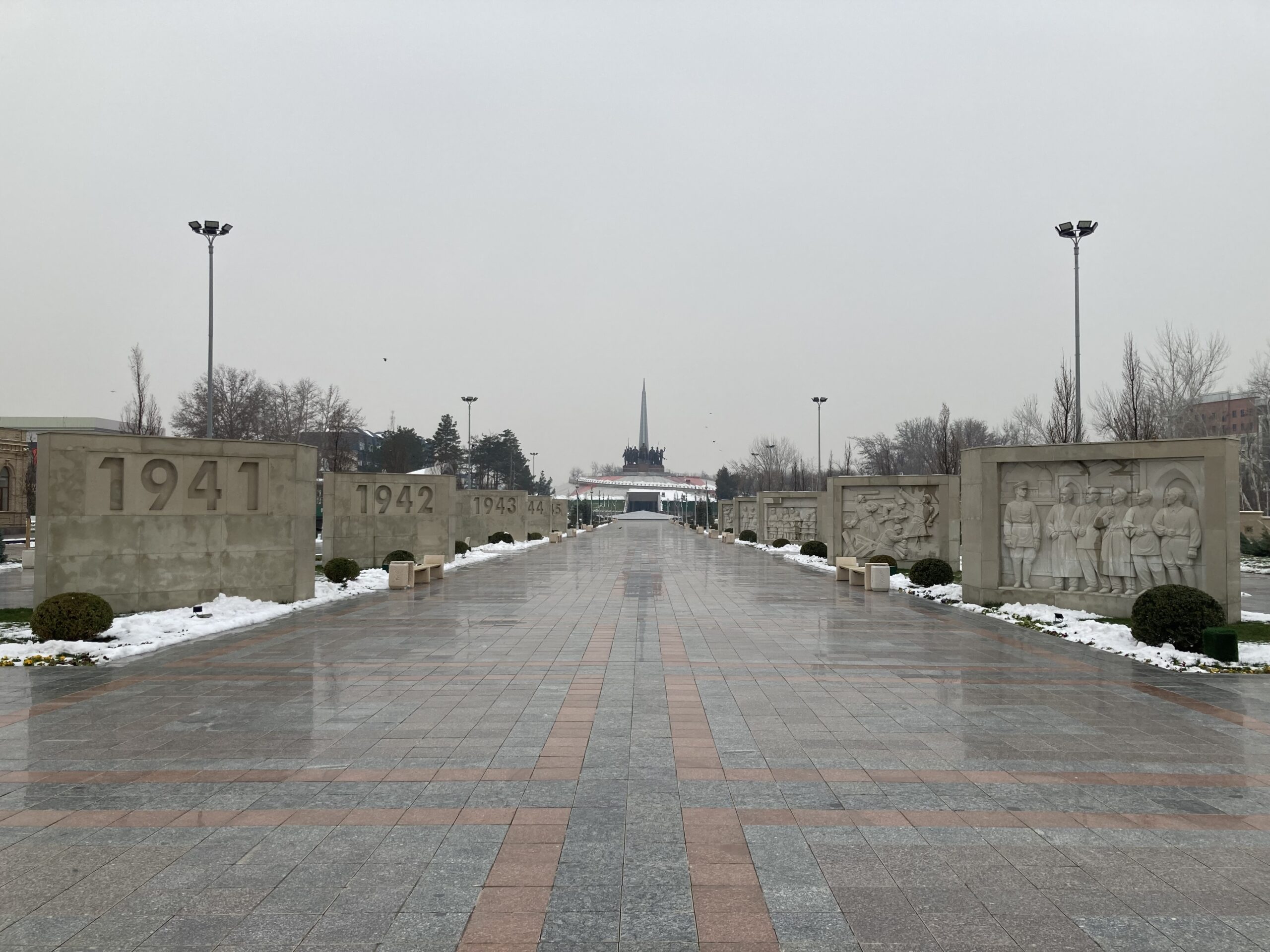
After spending well over an hour inside, I slowly made my way back outside, sad to see that it was over, and sadder to see that the smog was only getting stronger. I did my best to take a photo of the so-called main path that I aforementioned, though it did not come out as good as it could.
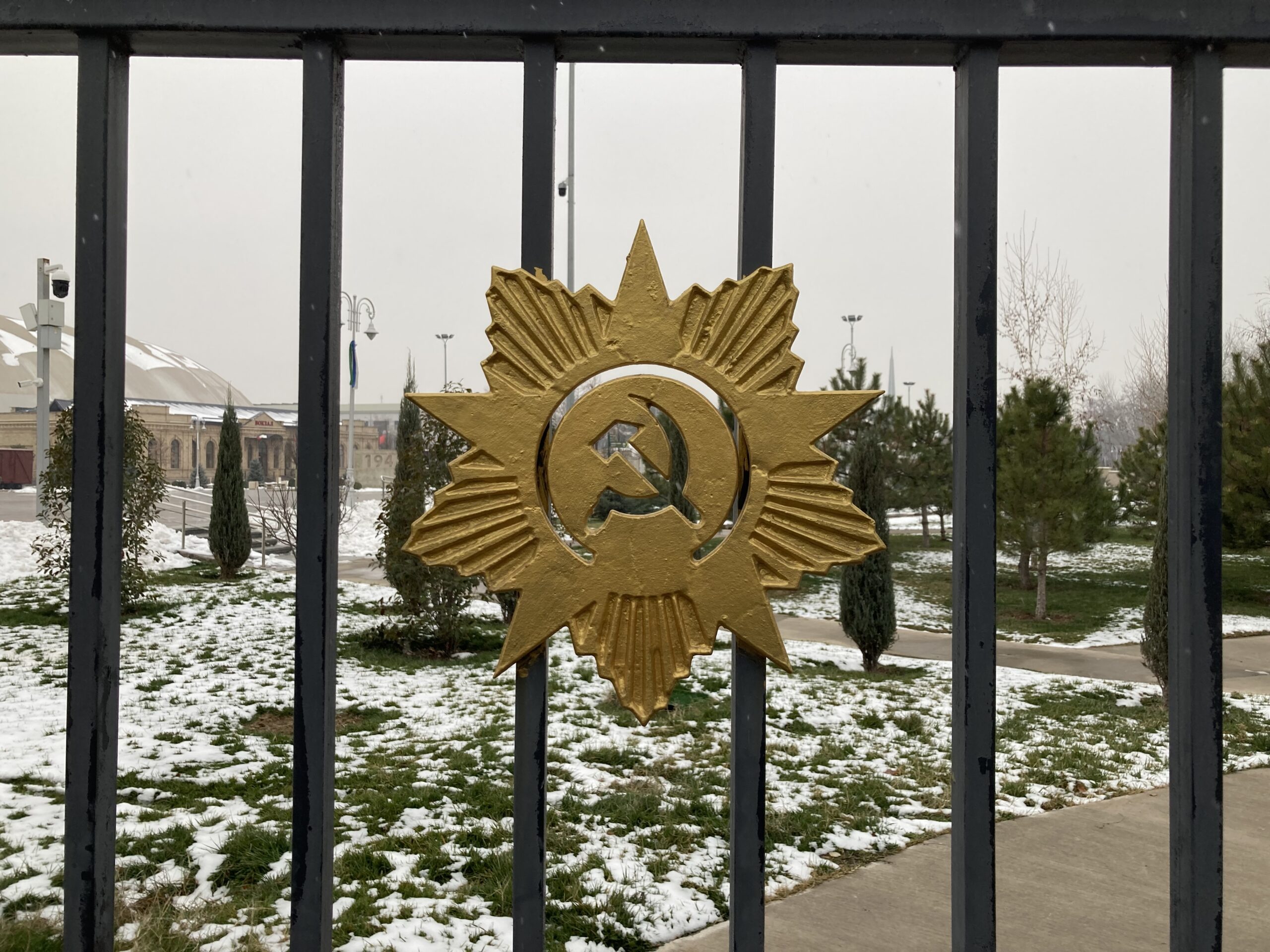
This was a spectacular day, spend in an excellent museum, built as recently as in 2023, and yet still keeping the memory of the Soviet feats alive, complete with these hammer and sickles adorning the fences that surround it. It was at times a surreal experience, at other times a horrifying yet sobering one. This is a must visit if you are ever in Tashkent, in fact, it should be among the top three recommendations for this city on any and all guides found online. Perhaps in due time it will get the recognition it deserves.
